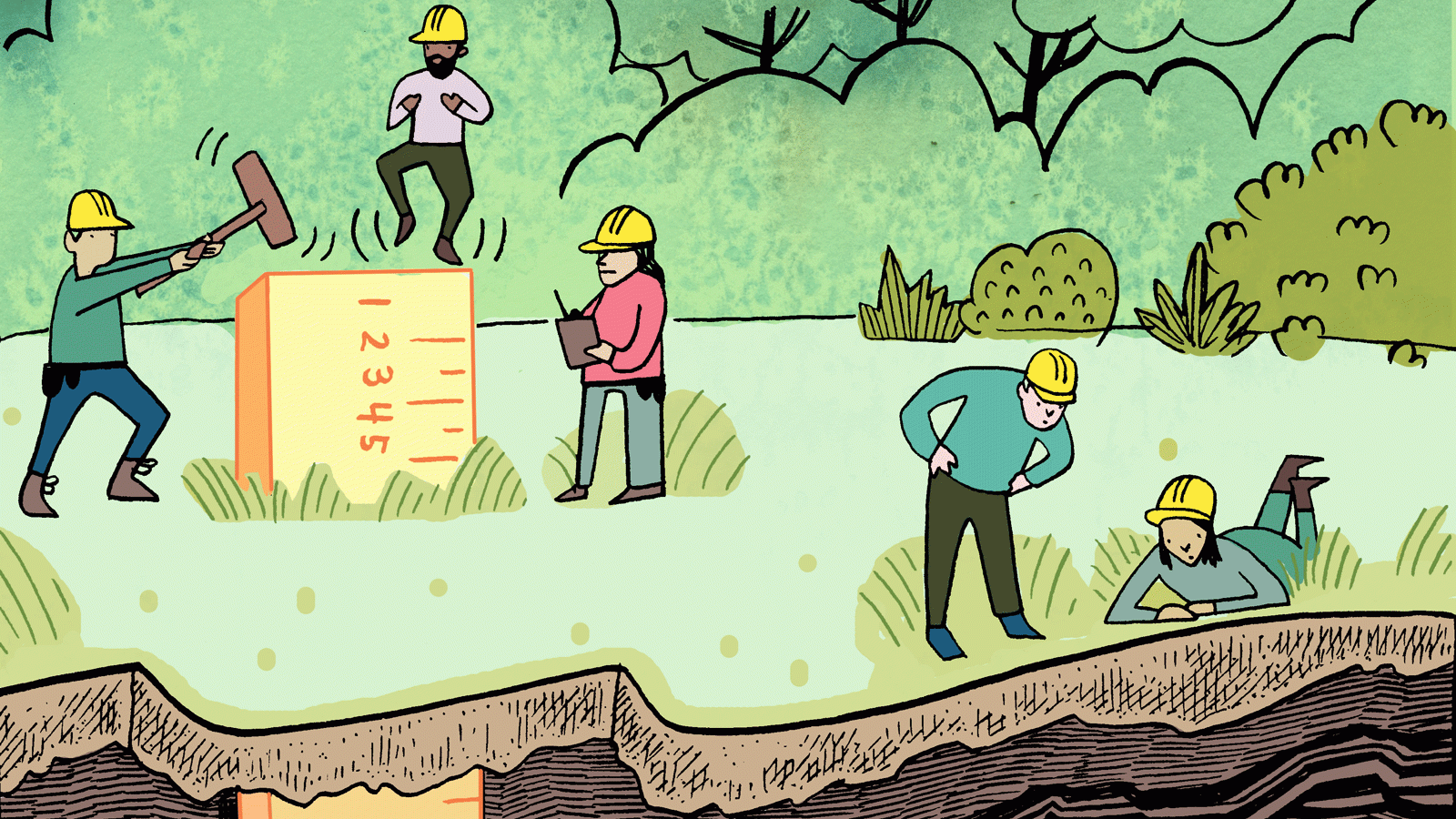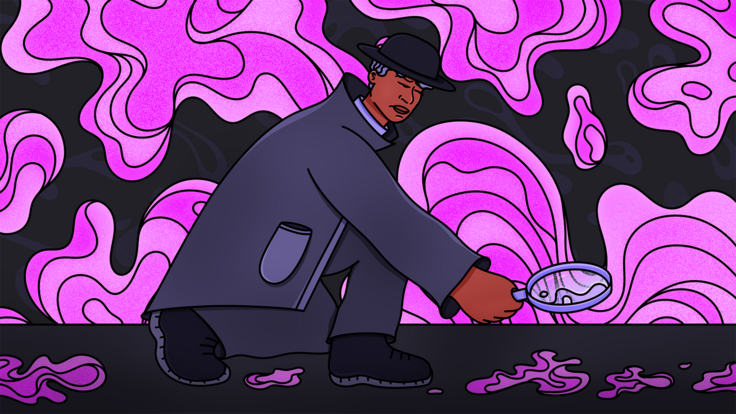A constant shower of energetic subatomic particles rains down on Earth’s surface. Born from cosmic ray interactions in the upper atmosphere, this invisible drizzle creates noisy background radiation that obscures the signatures of new particles or forces that scientists seek. The solution is to move experiments under the best natural umbrella we have: the Earth’s crust.
Underground facilities, while difficult to build and access, are ideal hubs for observing rare particle interactions. The rock overhead shields experiments from the pesky particle precipitation, preventing things like muons from interfering. For the last few decades, underground physics facilities have laid claim to some of the world’s largest, most complex detection experiments, contributing to important physics discoveries.
“In the early 1960s, researchers at the Kolar Gold Fields in India and the East Rand Gold Mine in South Africa realized if they go deep enough underground, it might be possible to clearly detect high-energy particles from atmospheric cosmic ray collisions,” says Henry Sobel, a co-US-spokesperson on the Super-Kamiokande experiment at the Kamioka Observatory. “Both groups reported the first observation of atmospheric neutrinos at various depths underground.”
Even with entire facilities sitting below the surface, extremely sensitive detectors often require additional shielding against stray particles and the small amount of radiation from the rock and equipment. One example is the Sanford Underground Research Facility’s Large Underground Xenon (LUX) experiment, which seeks dark matter particles called WIMPs, or weakly interacting massive particles.
“Going underground eliminates most of the radioactivity, but not all of it, so we used a 72,000-gallon water shield to keep neutrons and gamma rays out of the LUX experiment,” says Harry Nelson, a LUX researcher and spokesperson for the upcoming LUX-Zeplin experiment at Sanford Lab.
Scientists at underground facilities around the world—and their creative colleagues closer to the surface—maintain different experiments working toward a common goal: answering questions about the nature of matter and energy. Learn more about the facilities 1000 meters or more below the surface that are digging deep into the secrets of the universe.
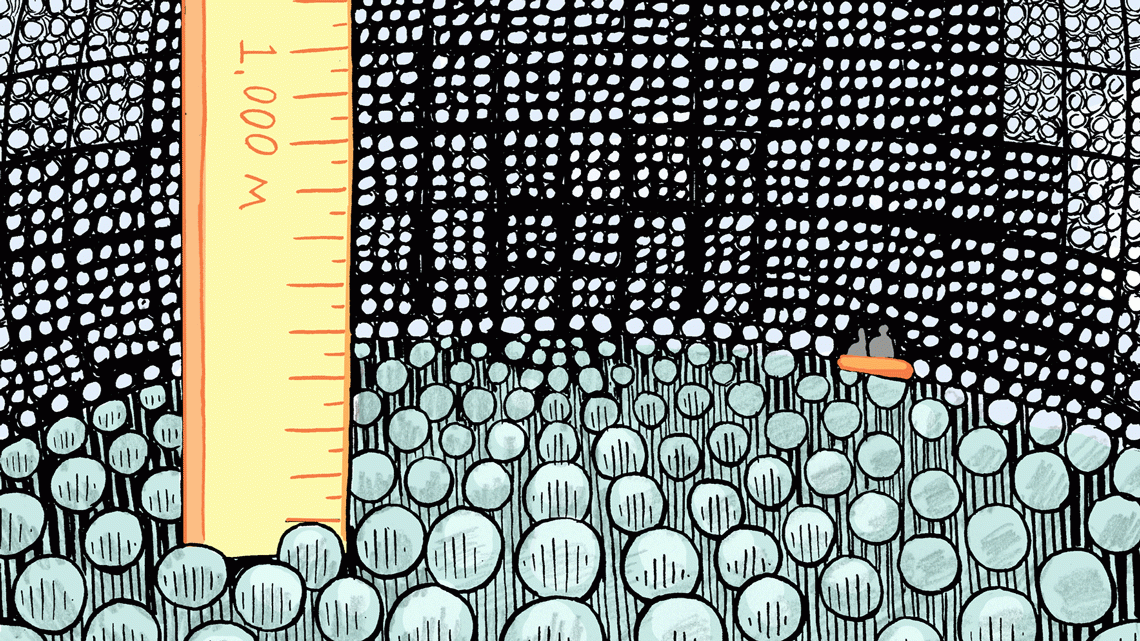
Kamioka Observatory
Kamioka Observatory
1000 meters below, est. 1983
Previously known as the Kamioka Underground Observatory, the facility dwells in the Mozumi Mine in Hida, Gifu Prefecture, Japan. Operational or former mines actually make great homes for underground facilities because it is cost-effective to use existing giant holes inside mountains or the earth rather than dig new ones.
Kamioka’s original focus was on understanding the stability of matter through a search for the spontaneous decay of protons using an experiment called Kamiokande. Since neutrinos are a major background to the search for proton decay, the study of neutrinos also became a major effort for the observatory.
Now known as the Kamioka Observatory, the facility detects neutrinos coming from supernovae, the sun, our atmosphere and accelerators. In 2015, Takaaki Kajita was awarded the Nobel Prize in physics for the discovery of atmospheric neutrino oscillation by the Super-Kamiokande experiment. The Nobel Prize is shared with the Sudbury Neutrino Observatory in Canada.
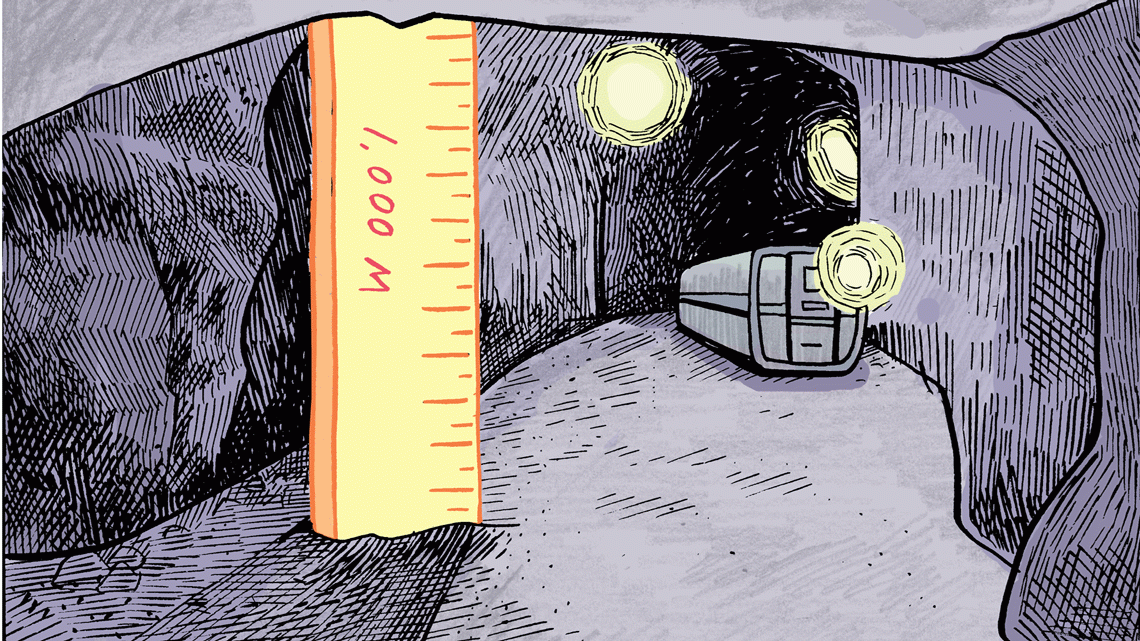
Stawell Underground Physics Laboratory
Stawell Underground Physics Laboratory
1000 meters below, under construction
SUPL is under construction at the active Stawell Gold Mine in Victoria, Australia. The facility will work in close collaboration with the Gran Sasso National Laboratory in Italy, which made significant strides in dark matter research through a possible detection of WIMPs. SUPL will see whether the amount of dark matter in certain galaxies changes depending on Earth’s position.
Because Australia is in the Southern Hemisphere and has opposite seasons to Italy, this seasonal dark matter experiment will also test Italy’s results to learn more about WIMPs and dark matter. There are two proposed dark matter experiments for SUPL: SABRE (Sodium-iodide with Active Background REjection) and DRIFT-CYGNUS (Directional Recoil Identification From Tracks - CosmoloGY with NUclear recoilS).
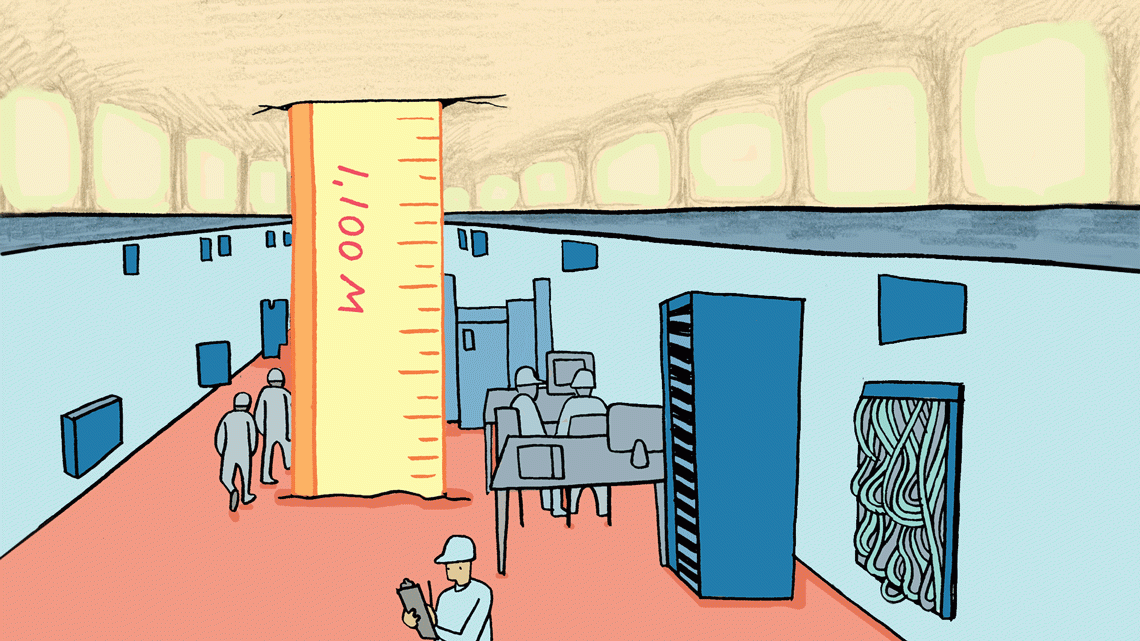
Boulby Underground Laboratory
Boulby Underground Laboratory
1100 meters below, est. 1998
Inside the operational Boulby Potash and Salt Mine on the northeast coast of England sits the Boulby Lab. It is a multidisciplinary, deep underground science facility operated by the UK’s Science and Technology Facilities Council. The depth and the support infrastructure make the facility well-suited for traditional low-background underground studies such as dark matter searches and cosmic ray experiments. Scientists also study a wide range of sciences beyond physics, for example geology and geophysics, environmental and climate studies, life in extreme environments on Earth, and the development of rover instrumentation for exploration of life beyond Earth.
The dark matter search currently underway at Boulby is DRIFT-II – a directional dark matter search detector. The lab previously hosted the ZEPLIN-II and III experiments, predecessors to the upcoming LUX-ZEPLIN experiment at Sanford Lab. Boulby still supports the LZ experiment with ultralow-background material activity measurements, which is important to all sensitive dark matter and rare-event studies.
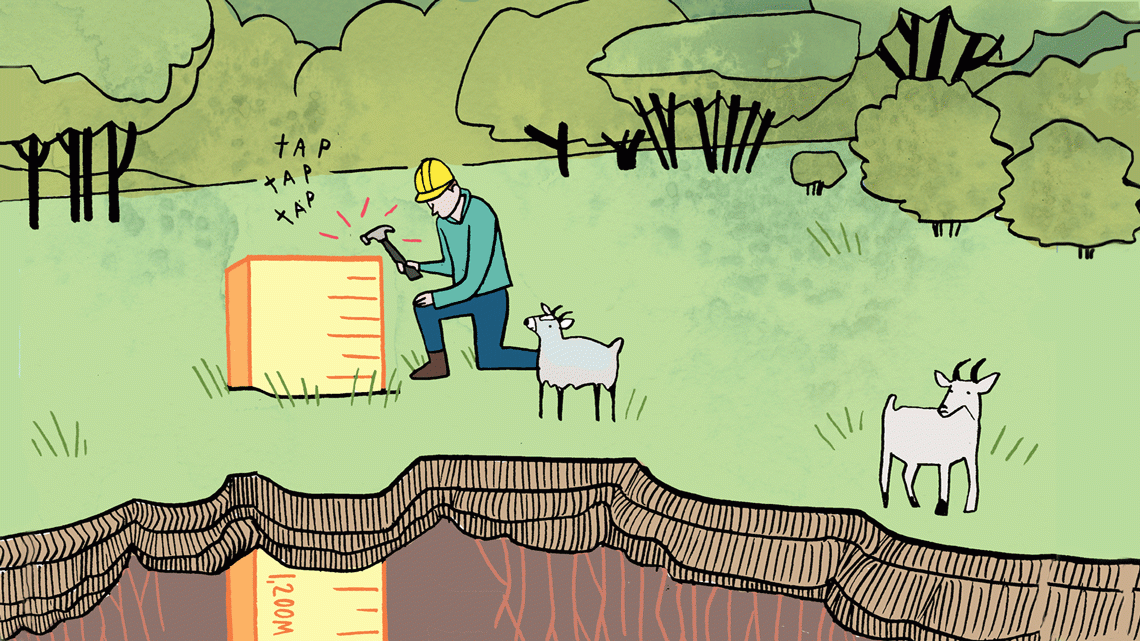
India-based Neutrino Observatory
India-based Neutrino Observatory
1200 meters below, proposed
INO, a collaboration of about 25 national institutes and universities hosted by the Tata Institute of Fundamental Research, will primarily be an underground facility for non-accelerator-based high-energy physics. The observatory will focus its study on atmospheric muon neutrinos using a 50-kiloton iron calorimeter to measure certain characteristics of the elusive particles.
INO will also expand into a more general science facility and host studies in geological, biological and hydrological research. Construction of the INO underground observatory in Pottipuram, Tamil Nadu, India is awaiting approvals by the state government.
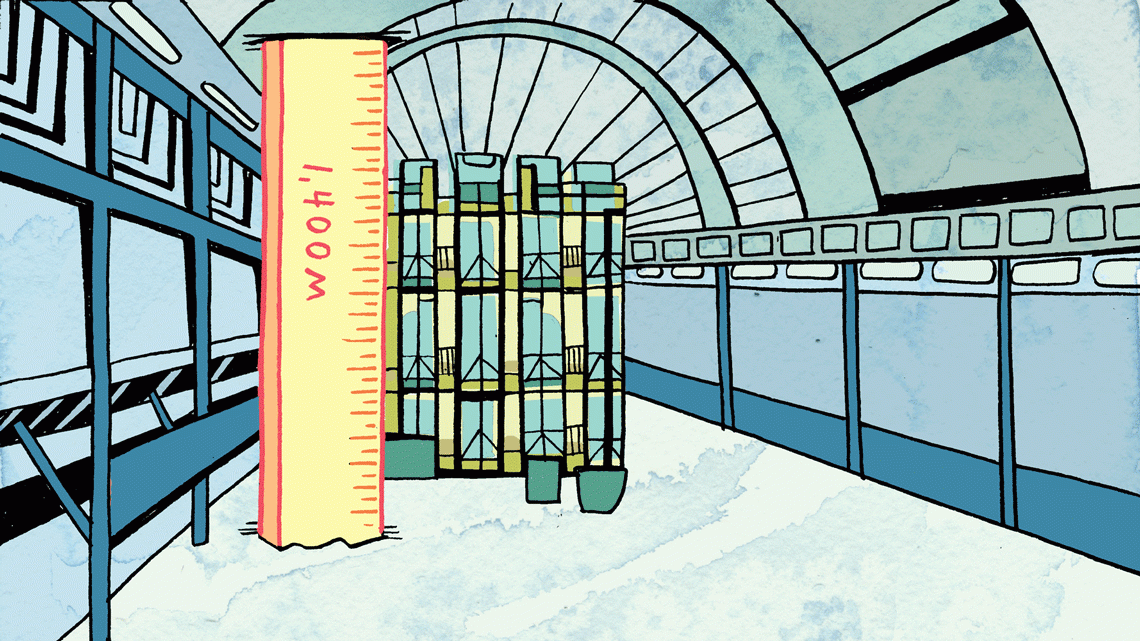
Gran Sasso National Laboratory
Gran Sasso National Laboratory
1400 meters below, est. 1987
The Gran Sasso National Laboratory in Italy is the largest underground laboratory in the world. It is a high-energy physics lab that conducts many long-term neutrino, dark matter and nuclear astrophysical experiments.
The lab’s OPERA experiment is especially noteworthy for detecting the first tau neutrino candidates that emerged (through oscillation) from a muon neutrino beam sent by CERN in 2010. From 2012 to 2015, the experiment at Gran Sasso subsequently announced the detection of the second, third, fourth and fifth tau neutrinos, confirming their initial result.
Gran Sasso also collaborates with the Department of Energy’s Fermi National Accelerator Laboratory on a short-distance neutrino program. After it is refurbished at CERN, the ICARUS experiment from Gran Sasso will join two other experiments at Fermilab to search for a fourth proposed kind of neutrino, the sterile neutrino.
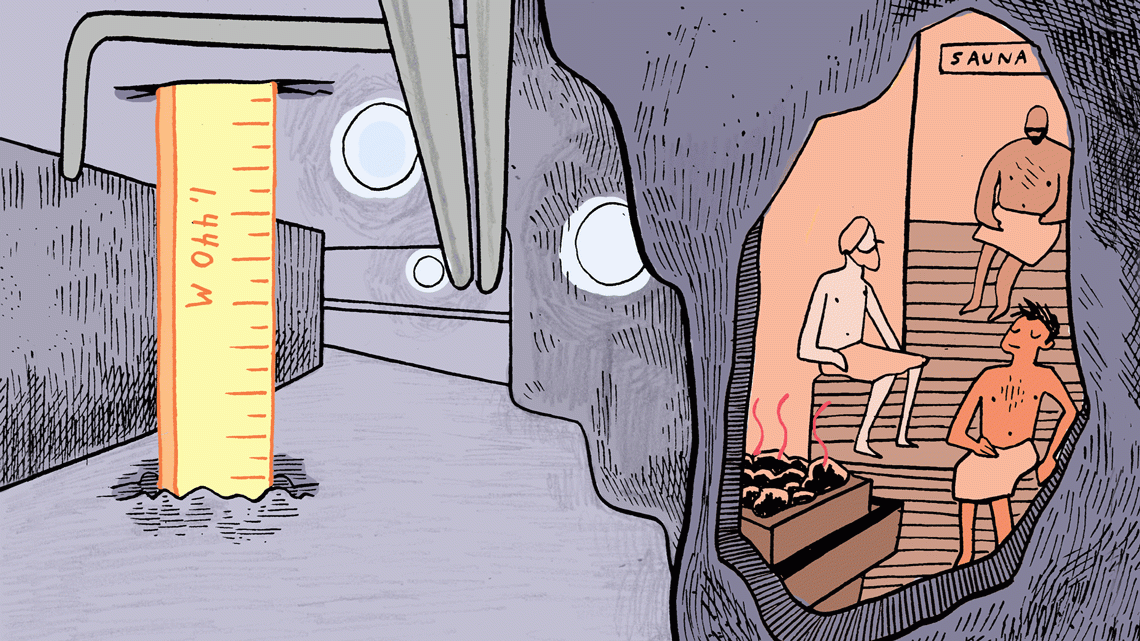
Centre for Underground Physics in Pyhäsalmi
Centre for Underground Physics in Pyhäsalmi
1440 meters below, est. 1997
The University of Oulu in Finland operates CUPP in Europe’s deepest metal mine—the Pyhäsalmi Mine. As the mine prepares to close by the end of this decade, the local community established Callio Lab (CLab) to rent out space to science and industrial operators, CUPP being one of them. The main level, at 1420 meters, houses all of the equipment, offices and restaurants. It also houses the world’s deepest sauna.
The facility’s main experiment is EMMA, the Experiment with MultiMuon Array, in Lab 1 at 75 meters. EMMA is used to study cosmic rays and high-energy muons that pass through the Earth to better understand atmospheric and cosmic particle interactions. CUPP also conducts some low-background muon flux measurements and radiocarbon research for future liquid scintillators in Lab 2 at 1430 meters.
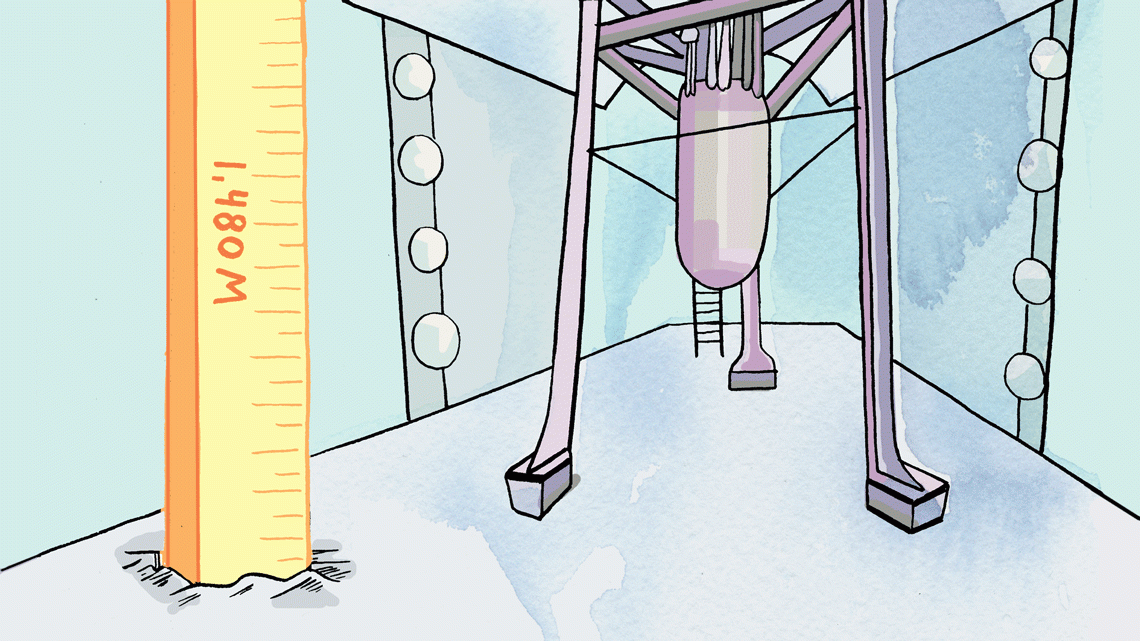
Sanford Underground Research Facility
Sanford Underground Research Facility
1480 meters below, est. 2011
Sanford Lab is the deepest underground physics lab in the United States and sits in the former Homestake Gold Mine in the Black Hills of South Dakota. It was the site of Ray Davis’ solar neutrino experiment, which used dry cleaning fluid to count neutrinos from the sun. The experiment found only one-third of the neutrinos expected, the result known as the solar neutrino problem. In 1998, SNO and Kamioka discovered neutrino oscillations, which proved that neutrinos were changing type as they traveled. Davis won the Nobel Prize in physics in 2002.
The facility now houses the LUX experiment (looking for dark matter), Majorana Demonstrator (researching the properties of neutrinos), and geological, engineering and biological studies. Sanford Lab will also host the Deep Underground Neutrino Experiment, which will use detectors filled with 70,000 tons of liquid argon to study neutrinos sent from Fermilab, 800 miles away.
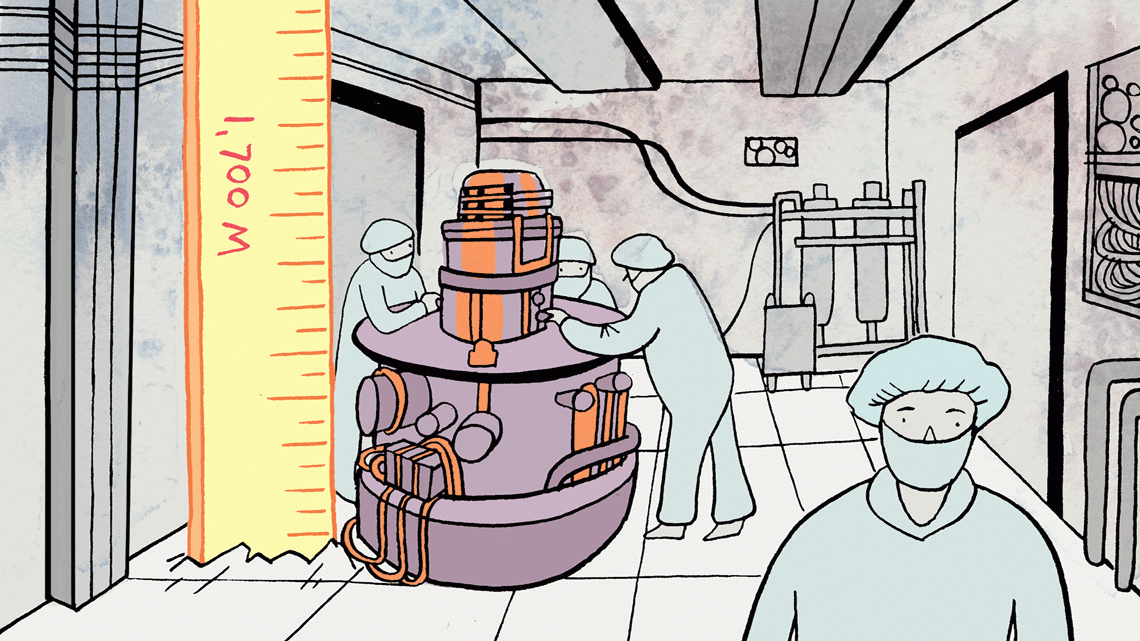
Modane Underground Laboratory
Modane Underground Laboratory
1700 meters below, est. 1982
Located in Modane, France, and situated in the middle of the Frejús Road Tunnel, the multidisciplinary lab hosts experiments in particle, nuclear and astroparticle physics, environmental sciences, biology and nano- and microelectronics.
Headed by the French National Center for Scientific Research and the Genoble-Alpes University, Modane Lab’s main fundamental physics activities include SuperNEMO and EDELWEISS, which study neutrino physics and dark matter detection, respectively.
The lab also hosts international experiments with the Joint Institute for Nuclear Research in Dubna, Russia, and the Czech Technical University in Prague, Czech Republic.
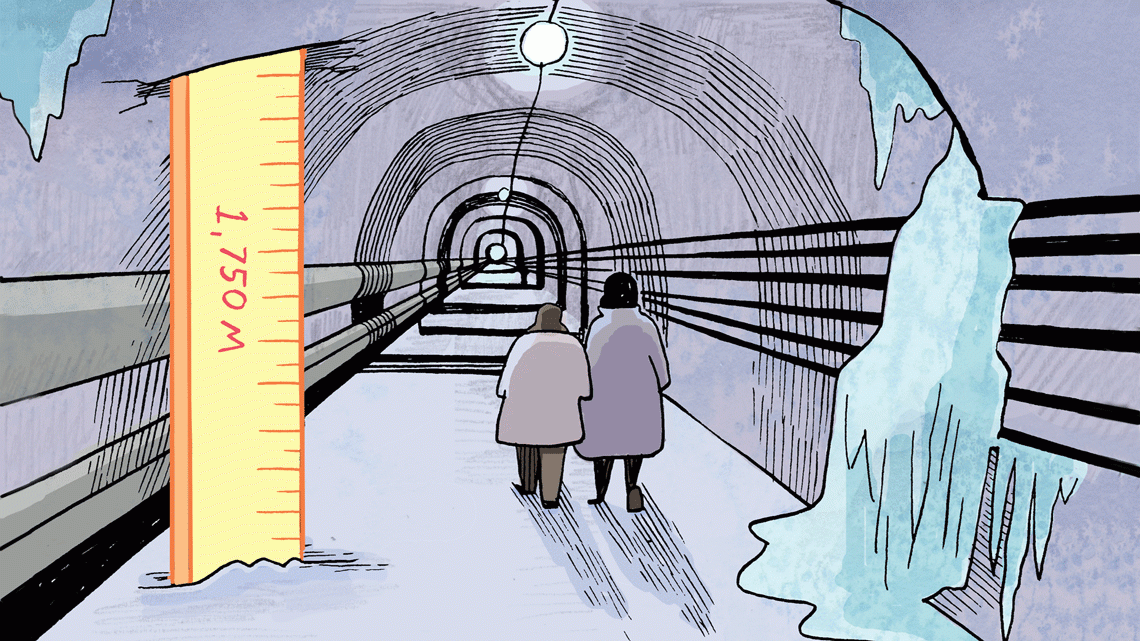
Baksan Neutrino Observatory
Baksan Neutrino Observatory
1750 meters below, est. 1973
Hidden beneath the Caucasus Mountains and next to the Baksan River, BNO began working as one of the first underground particle physics observatories in the then Soviet Union. Like other underground facilities, BNO wanted to reduce the amount of background radiation as much as possible. The lab’s location is not only underground but also far from nuclear power plants—another source of background noise for experiments.
BNO’s current neutrino experiments are the Soviet-American Gallium Experiment (SAGE), the Baksan Underground Scintillation Telescope (BUST) and the upcoming Baksan Experiment on Sterile Transitions (BEST). There is also a new search for hypothesized particles called axions, candidates for dark matter.
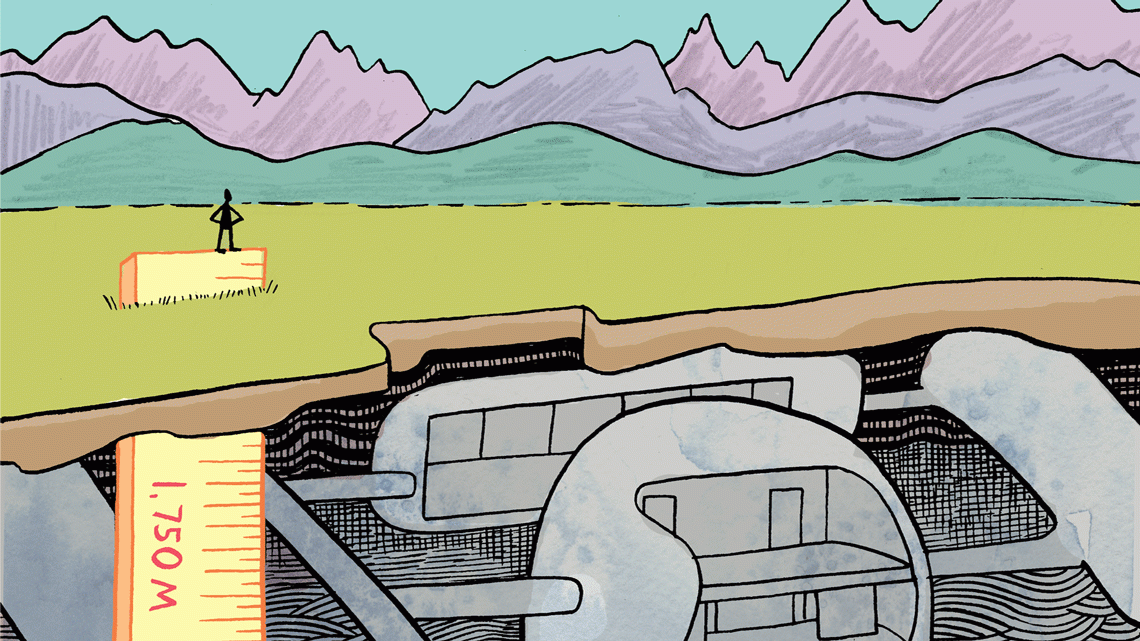
Agua Negra Deep Experiment Site
Agua Negra Deep Experiment Site
1750 meters below, proposed
Situated in the mountains on the border of Chile and Argentina, ANDES will study neutrinos and dark matter, as well as plate tectonics, biology, nuclear astrophysics and the environment. Along with SUPL, it is one of two proposed deep underground labs in the Southern Hemisphere.
ANDES is an international laboratory, not just a host for international experiments. It will become home to a large neutrino detector and aims to detect supernovae neutrinos and geoneutrinos, complementing results of the Northern Hemisphere labs and experiments. This location is ideal as the site is far from nuclear facilities and extremely deep in the mountains, both of which help reduce background noise.
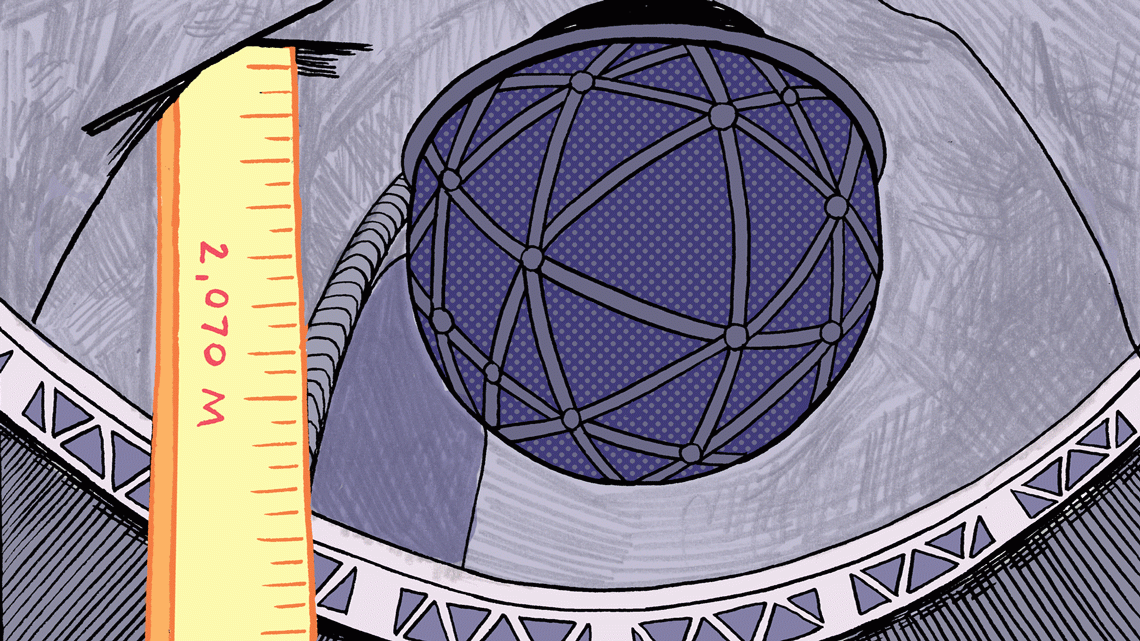
SNOLAB
SNOLAB
2070 meters below, est. 2009
SNOLAB is the deepest physics facility in North America and operates in a working nickel mine in Ontario, Canada. The entire 5000m2 facility is a class 2000 cleanroom with fewer than 2000 particles per cubic foot. Everyone who enters the lab must shower on the way in and put on a clean set of special cleanroom clothes.
SNOLAB conducts highly sensitive experiments for research on dark matter and neutrinos. Among them are DEAP-3600, PICO, HALO, MiniCLEAN and SNO+. Scientists also plan to install the next generation of a cryogenic dark matter search, SuperCDMS, in the lab once testing is complete.
Late last year, Arthur McDonald was awarded the Nobel Prize in physics for the discovery of neutrino oscillation made in 1998 at the Sudbury Neutrino Observatory, the predecessor of SNOLAB. The Nobel Prize is shared with the Kamioka Observatory in Japan for their Super-K neutrino experiment.
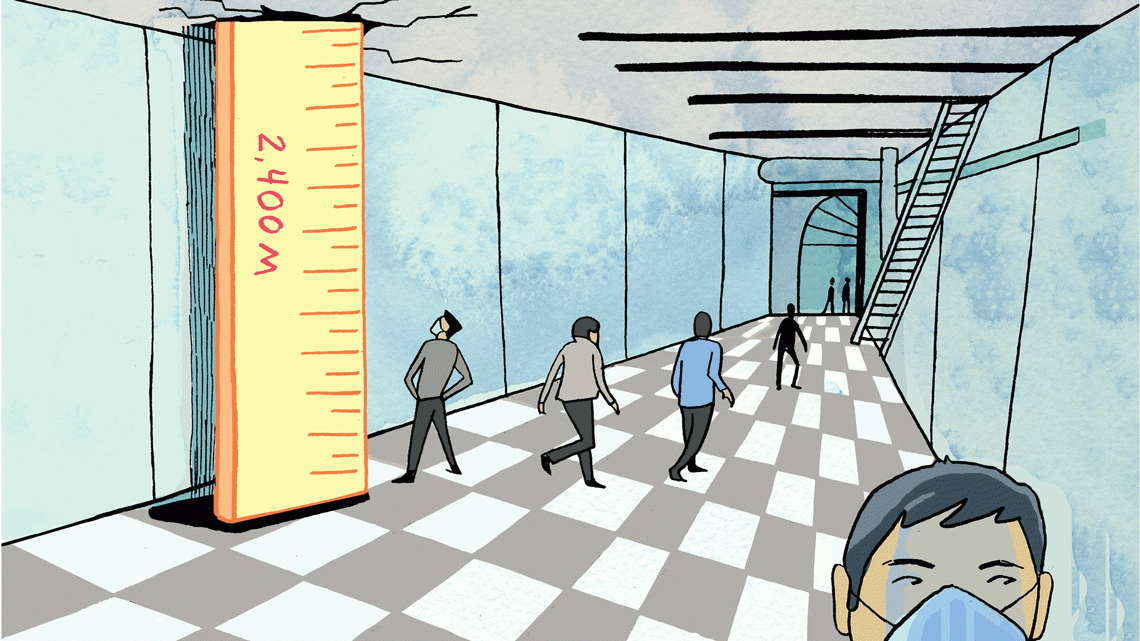
China Jinping Underground Laboratory
China Jinping Underground Laboratory
2400 meters below, est. 2010
CJPL is the deepest physics facility in the world, tucked inside the Jinping Mountain in the Sichuan province in southwest China. The site is ideal for its low cosmic-ray muon flux, which means the facility has far less noise from background radiation than many other underground facilities. And because the facility is built under a mountain, there is horizontal access (for things like vehicles) rather than vertical access (through a mine shaft).
Two experiments housed at the facility are trying to directly detect dark matter: the China Dark Matter Experiment (CDEX) and PandaX. CJPL will also observe neutrinos from different sources, such as the sun, Earth, atmosphere, supernova bursts and potentially dark matter annihilations, in hopes of better understanding the elusive particles’ properties. In the coming months, an astronuclear physics study and a one-ton prototype of a neutrino detector will move into CJPL-II.



